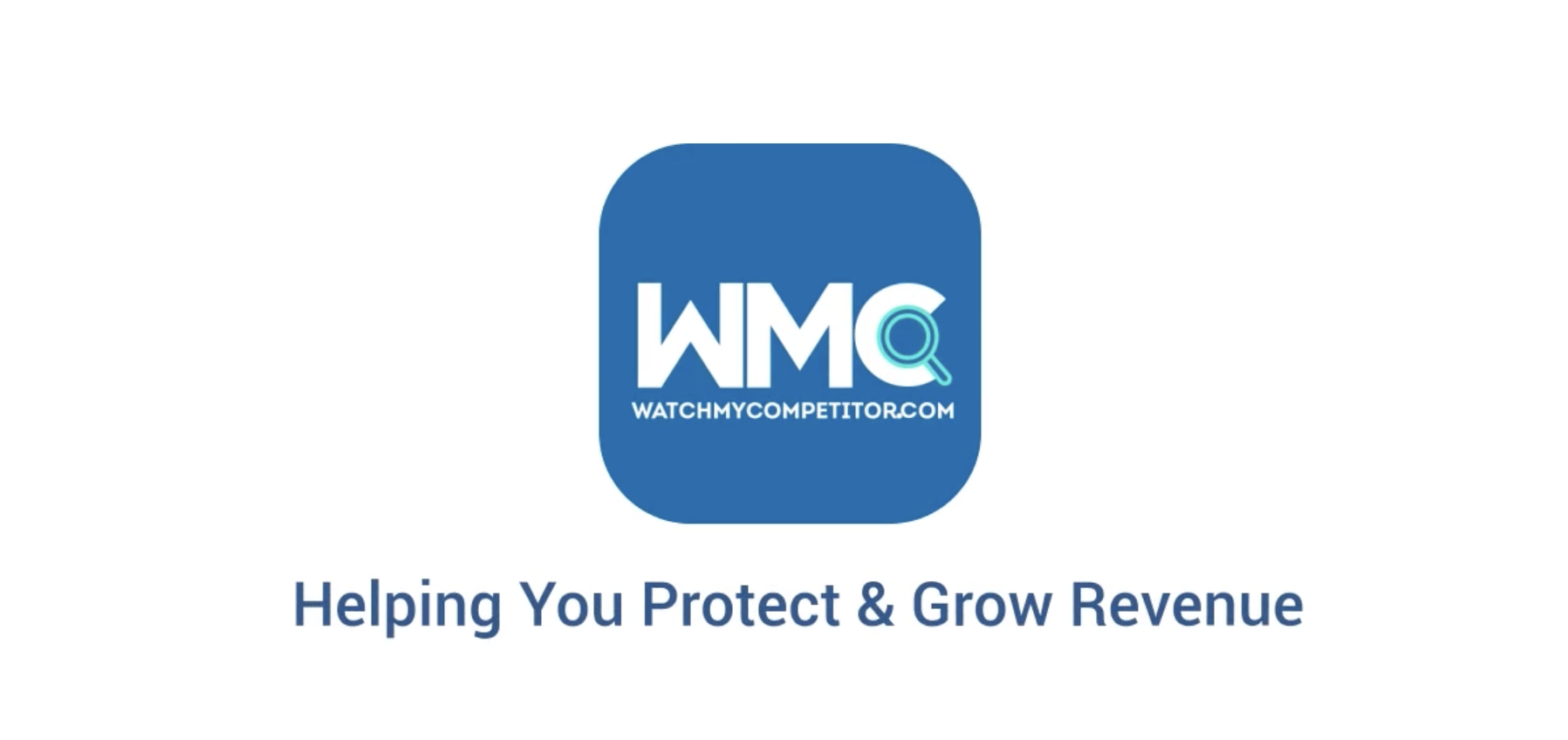Guide Overview
- Introduction
- What is a product roadmap?
- How does competitive intelligence fit in?
- Components of a product roadmap
- How to create a product roadmap
- Benefits of using a product roadmap
Introduction
Product managers encounter a significant challenge: navigating through competitive markets. Product roadmaps offer a valuable solution by acting as a guiding framework. This article aims to demystify product roadmaps, providing a straightforward understanding of what they are, their key components, the process of creating them, and the wide-ranging benefits they offer.

What Is A Product Roadmap?
At its core, a product roadmap is a strategic visual document that outlines the key milestones, goals and and planned features for a product’s development. Think of it as a GPS for your product’s journey, helping you navigate the complex terrain of development while staying true to your overarching objectives.
A product roadmap can be a single document, a Kanban board, a hub of information or an interactive product plan in a tool such as Notion or Asana. It simplifies management for project leaders and it also helps them to visualise key milestones and objectives. In addition, it also serves as a communication tool for stakeholders, making it a crucial asset in any product manager’s arsenal.
The product roadmap offers a clear and structured overview of your product’s development timeline. It allows you to plot a path, set goals, and keep all involved parties on the same page, which is vital in an age where products are launched, changed and retired with rapidity.
A roadmap is not, however, a static plan. Instead, it’s a living product strategy that changes due to internal factors and external market conditions.
One of the most influential factors for a changing product roadmap is competitor activity. Product leaders must constantly garner competitive intelligence and adjust a product roadmap to stay competitive and launch a product that will outperform peers, meet market demand and ultimately generate revenue.
How Does Competitive Intelligence Fit In?
So how does competitive intelligence greatly influence a product roadmap? To summarise competitive intelligence is data about your competitors and their products. It can also go beyond analysing your peers and include market or regulatory insights that may influence your product’s performance.
Data-driven competitive insights will help you identify your product’s strengths and weaknesses, your unique selling points, your gaps and opportunities and refine your competitive advantage.
Competitor analysis allows you to compare your product’s features, functionality, design, and pricing with others on the market.
Gathering real-time competitive insights and responding where necessary is absolutely vital, given the speed of innovation in today’s digital landscape. Insights will shape your product strategy, feature prioritisation, and market position.
After all, there’s no value in launching a product that’s the same as a competitor product that has already flopped. Similarly, suppose you know a competitor is bringing a similar product to market.
In that case, competitive intelligence will allow you to plan a more vigorous marketing campaign, set effective pricing, refine a niche or launch early.
Components Of A Product Roadmap
To truly grasp what is a product roadmap and understand its true value, you need to understand its components. Here’s a breakdown of the key elements:
1) Goals
Strategic objectives: Goals in a product roadmap are the strategic objectives that your product development is meant to achieve. These objectives can vary widely and may include things like increasing revenue, expanding your user base, enhancing user satisfaction, or entering new markets. They set the overall direction for your product’s development.
Quantifiable Targets: Goals need to be specific and quantifiable. For example, if your goal is to boost revenue, you might set a target of increasing it by 20% within the next year. This quantifiability allows for a clear measurement of progress.
2) Timelines
Project milestones: Timelines are the backbone of your product roadmap. They establish the specific timeframes within which you plan to achieve certain milestones. These milestones could include product release dates, major feature launches, or important events related to your product.
Synchronisation: Timelines help in synchronising various aspects of product development. They ensure that different teams and departments are working in concert, preventing bottlenecks and ensuring the project’s progression stays on track.
3) Features
Functionality enhancements: Features represent the core functionalities or improvements that you intend to introduce in your product. They are the building blocks of your product’s development and can range from new features, user interface enhancements, bug fixes, to integrations with other software.
User-centric focus: Features should be aligned with user needs and demands. They are often driven by user feedback and market research to ensure your product remains competitive and relevant.
4) Priorities
Resource allocation: Priorities within a product roadmap help you allocate resources effectively. Not all features or goals are equally urgent or important. Prioritisation ensures that you focus on what matters most, allowing you to make the best use of your available resources, including time, budget, and manpower.
Risk mitigation: Priorities also help you address potential risks. By identifying what’s most crucial, you can mitigate risks related to resource constraints or unexpected challenges.
These components are interconnected and work together to create a strategic plan that not only aligns your team but also communicates your product’s vision and strategy to other stakeholders. In essence, they form the essential building blocks of a product roadmap, providing the clarity, direction and coordination needed to successfully navigate the competitive landscape of product development.
How To Create A Product Roadmap
Creating a product roadmap is a process that companies need to perfect. Here are the core steps so you can do it effectively:
A) Define objectives
The first step to creating a product roadmap is to set clear objectives and clarify your product goals and vision.
Strategic alignment: Start by clearly defining your product’s objectives. These objectives should be closely aligned with your organisation’s broader vision and strategy. This ensures that your product roadmap supports the overarching goals of your company.
SMART goals: Make your objectives Specific, Measurable, Achievable, Relevant, and Time-bound (SMART). For instance, rather than a vague goal like “improve user experience,” set a SMART goal like “increase user satisfaction ratings by 15% within the next quarter.”
B) Gather the right data
To take a product to market, first, you must understand your market and how you will be positioned within it. You can start with a SWOT analysis, but must develop this brainstorm into comprehensive market insights and competitive analysis. You’ll accumulate knowledge of customer feedback, market trends and competitive insights.
Customer feedback: To create an effective product roadmap, gather valuable insights from your customers. This includes feedback on their pain points, desires, and suggestions for improvements.
Market trends: Keep a finger on the pulse of market trends. Understand what’s happening in your industry, and how consumer preferences are evolving.
Competitive insights: Competitive intelligence is crucial. Analyse what your competitors are doing, their product strategies, and how you can position your product advantageously.
C) Involve cross-functional teams
Product development is by no means isolated to product teams or project managers. Each project participant will need clear responsibilities, objectives and KPIs.
Diverse expertise: Collaboration is vital when creating a product roadmap. Involve various teams, such as development, marketing, design and even customer support. Each team offers a unique perspective and expertise that can enrich the roadmap.
Ensuring alignment: Cross-functional involvement ensures alignment across the organisation, making it more likely that the roadmap will reflect a shared vision and address the concerns of different departments.
D) Prioritise
Criteria for prioritisation: Determine clear criteria for prioritising features or improvements. This could include factors like customer impact, technical feasibility, and alignment with strategic objectives.
Ranking & sequencing: Once you’ve set your priorities, rank and sequence them in your roadmap. High-priority items should be at the forefront, and the sequence should make sense in terms of development and release timelines.
E) Communicate clearly
Visual aids: Make your roadmap easily understandable to everyone involved. Use visuals, such as charts, timelines and diagrams, to provide a clear, at-a-glance overview of the plan.
Clarity in language: Use plain and concise language to explain your strategy. Avoid jargon or overly technical terms that might confuse team members or stakeholders who aren’t deeply familiar with your product or industry.
F) Iterate & update
Dynamic documents: Recognise that product roadmaps are not static documents. They should evolve as your product and market conditions change. Regularly review and update the roadmap to reflect changing priorities, new insights, and unforeseen challenges.
Project management tools: To facilitate this process, consider using specialised project management software. These tools can help you keep the roadmap up-to-date, collaborate with team members, and adapt to changes more efficiently.
Where product roadmaps fall is when there is no clear communication when it comes to outcomes. One report states that only 44 percent of organisations communicate outcomes. Make sure that you’re not part of that figure.
Benefits Of Using A Product Roadmap
Now that you know how what is a product roadmap and how to create one, let’s explore the benefits it offers to organisations:
A) Clear goals & direction
Roadmaps provide a crystalline view of your objectives, from the product’s development to launch, ensuring everyone in your organisation knows what they’re working toward.
It will keep a project grounded and on track with your vision and objectives. A roadmap provides a structure that can be easily adjusted for change without losing sight of overall goals.
B) Align internal stakeholders
Internal teams, leadership, and other stakeholders will respond more positively to a high-level plan and the visual clarity that a roadmap can provide. As it’s a living, updated document, it can be used to inform internal customers or departments with product involvement.
C) Adapt to market changes
In the digital age, where change is constant, a product roadmap helps your organisation adapt to market shifts with agility and confidence. Your roadmap will also allow you to adapt fluidly to external changes, such as adjusting to market demand or a response to other competitive intelligence.
A product roadmap won’t be shelved when you launch. Competition in every market today is fierce; the landscape shifts, customer preferences change, features require modification, and new features often need to be added to outperform peers or accommodate new technologies.
D) Aid external communication
Your roadmap will also aid external communication if it includes milestones and objectives for keeping customers in anticipation of a launch. Furthermore, it can also keep other influential parties informed, such as investors by ensuring they have a clear picture of your product’s trajectory.
E) Continuous innovatation
A product roadmap provides a structure that can be adjusted constantly if innovation or iteration is required. Such action could be a feature change, a specification, or a technological aspect in response to early product testing.
Final Thoughts
Product roadmaps are indispensable tools for many organisations. They not only help guide your product through the competitive waters but also ensure your organisation is well-prepared to navigate the uncertainties of the market.
The key point here is that product roadmaps informed by competitive intelligence are essential in this digital age, where products can be launched, changed, and removed rapidly, creating changes in the market.
A well-informed product roadmap can serve as a means of protecting and strengthening your organisation’s position while enabling the successful rollout of product launches and changes.








